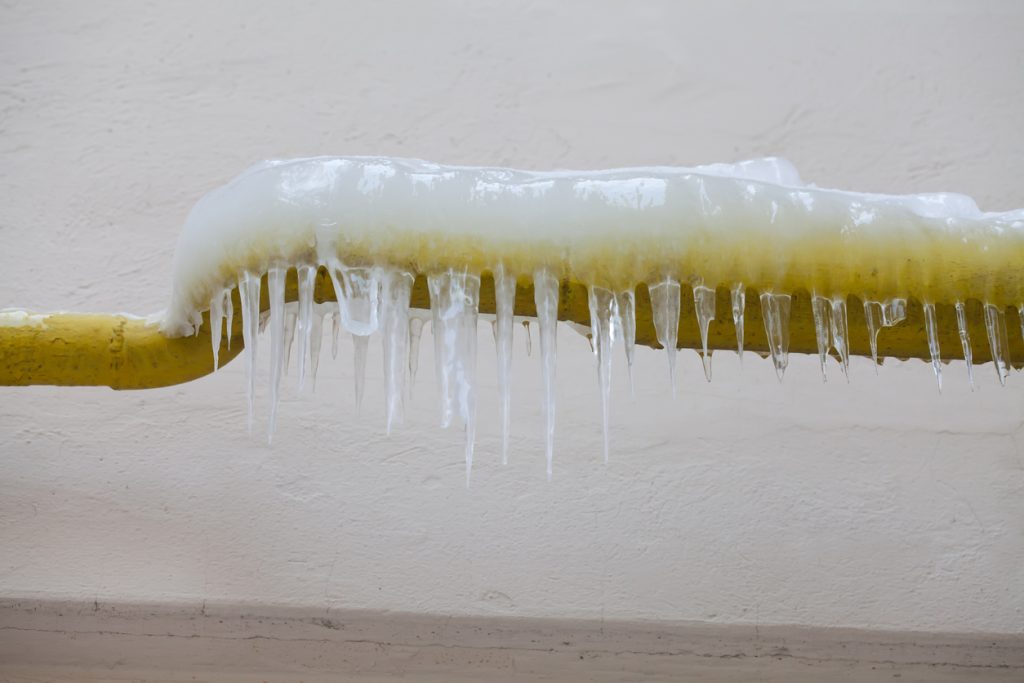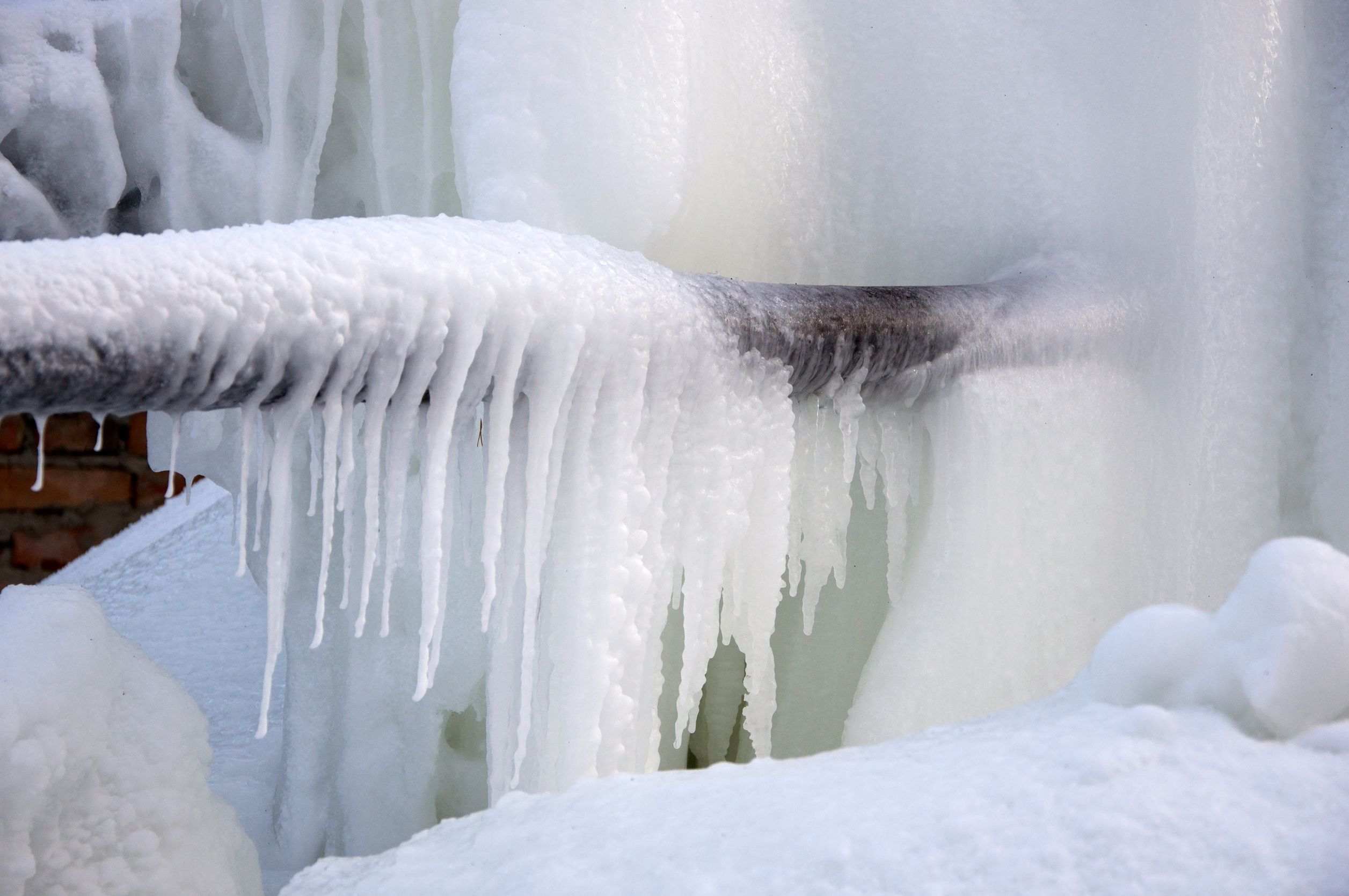Tips for Preventing Frozen Pipes in Winter: Professional Insights
Tips for Preventing Frozen Pipes in Winter: Professional Insights
Blog Article
What are your thoughts on Prevent Frozen Pipes ?

Winter can damage your plumbing, especially by freezing pipes. Right here's exactly how to avoid it from occurring and what to do if it does.
Introduction
As temperatures drop, the threat of icy pipelines rises, potentially bring about costly repair services and water damages. Understanding how to avoid icy pipelines is critical for house owners in cool climates.
Understanding Icy Pipelines
What triggers pipes to ice up?
Pipes ice up when subjected to temperature levels listed below 32 ° F (0 ° C) for prolonged durations. As water inside the pipelines freezes, it increases, taxing the pipe wall surfaces and potentially triggering them to break.
Dangers and damages
Icy pipes can lead to supply of water interruptions, property damages, and expensive repair work. Ruptured pipelines can flood homes and cause considerable structural damages.
Signs of Frozen Piping
Identifying icy pipelines early can stop them from rupturing.
Just how to determine icy pipes
Look for lowered water circulation from taps, uncommon odors or noises from pipelines, and visible frost on subjected pipelines.
Avoidance Tips
Insulating vulnerable pipes
Cover pipelines in insulation sleeves or make use of heat tape to protect them from freezing temperatures. Focus on pipelines in unheated or external locations of the home.
Heating techniques
Maintain indoor spaces appropriately warmed, specifically locations with pipes. Open cabinet doors to enable warm air to flow around pipes under sinks.
Shielding Outside Pipes
Garden pipes and exterior taps
Detach and drain pipes garden hose pipes prior to winter months. Mount frost-proof spigots or cover outside faucets with insulated caps.
What to Do If Your Pipelines Freeze
Immediate activities to take
If you suspect icy pipes, maintain faucets available to eliminate pressure as the ice thaws. Use a hairdryer or towels soaked in hot water to thaw pipelines gradually.
Long-Term Solutions
Structural modifications
Consider rerouting pipes away from outside wall surfaces or unheated locations. Add extra insulation to attics, cellars, and crawl spaces.
Upgrading insulation
Invest in premium insulation for pipes, attic rooms, and wall surfaces. Proper insulation aids preserve consistent temperature levels and decreases the risk of frozen pipelines.
Final thought
Avoiding icy pipes calls for positive steps and fast actions. By comprehending the causes, indications, and preventive measures, property owners can protect their pipes throughout cold weather.
5 Ways to Prevent Frozen Pipes
Drain Outdoor Faucets and Disconnect Hoses
First, close the shut-off valve that controls the flow of water in the pipe to your outdoor faucet. Then, head outside to disconnect and drain your hose and open the outdoor faucet to allow the water to completely drain out of the line. Turn off the faucet when done. Finally, head back to the shut-off valve and drain the remaining water inside the pipe into a bucket or container. Additionally, if you have a home irrigation system, you should consider hiring an expert to clear the system of water each year.
Insulate Pipes
One of the best and most cost-effective methods for preventing frozen water pipes is to wrap your pipes with insulation. This is especially important for areas in your home that aren’t exposed to heat, such as an attic. We suggest using foam sleeves, which can typically be found at your local hardware store.
Keep Heat Running at 65
Your pipes are located inside your walls, and the temperature there is much colder than the rest of the house. To prevent your pipes from freezing, The Insurance Information Institute suggests that you keep your home heated to at least 65 degrees, even when traveling. You may want to invest in smart devices that can keep an eye on the temperature in your home while you’re away.
Leave Water Dripping
Moving water — even a small trickle — can prevent ice from forming inside your pipes. When freezing temps are imminent, start a drip of water from all faucets that serve exposed pipes. Leaving a few faucets running will also help relieve pressure inside the pipes and help prevent a rupture if the water inside freezes.
Open Cupboard Doors
Warm your kitchen and bathroom pipes by opening cupboards and vanities. You should also leave your interior doors ajar to help warm air circulate evenly throughout your home.

Do you like more info about Helpful Tips to Prevent Frozen Pipes this Winter? Post a short review down the page. We'd be delighted to hear your views about this entry. We hope to see you back again in the future. Do you know anybody else who is occupied with the topic? Why not share it. I value your readership.
Suggested Site Report this page